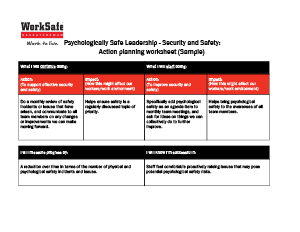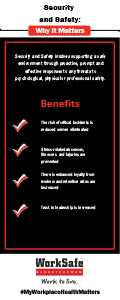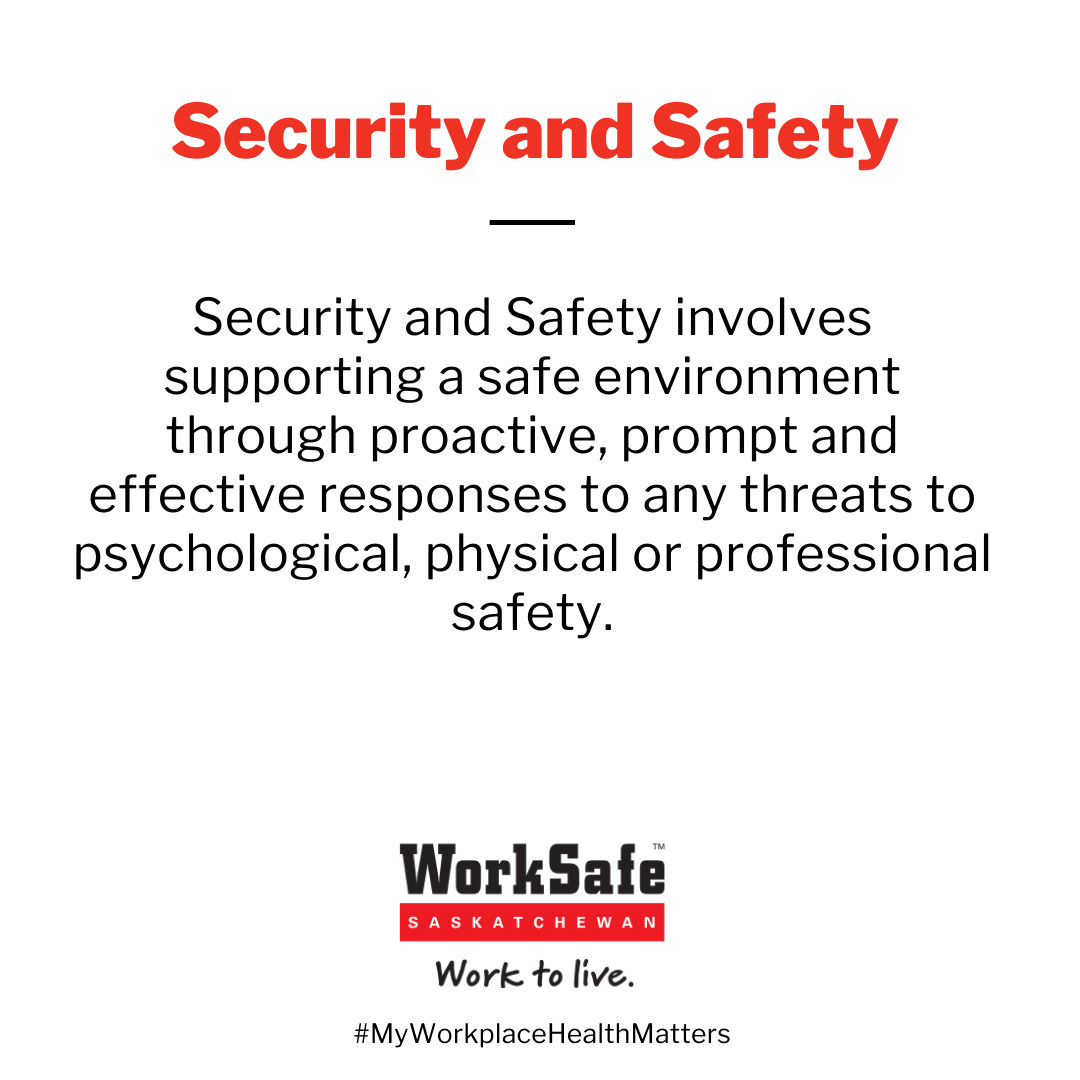 Security and safety
Security and safety
Involves supporting a safe environment through proactive, prompt and effective responses to any threats to psychological, physical or professional safety.
“Safety brings first aid to the uninjured.” – F.S. Hughes
Overview
What is security and safety?
Security and safety involves supporting a safe environment through proactive, prompt and effective responses to any threats to psychological, physical or professional safety.
Why is security and safety important?
There are many benefits to having people leaders effectively trained in security and safety:
- The risk of critical incidents is reduced or even eliminated.
- Stress-related absences, illnesses and injuries are prevented.
- There is enhanced loyalty from workers and retention rates are increased.
- Trust in leadership is increased.
FAQs
Action
Next steps: Committing to enhancing security and safety as a leader
We invite you to complete the Psychologically Safe Leader Assessment (PSLA) to learn more about your current leadership skills with respect to security and safety. By completing this confidential self-assessment, you can identify key areas in which you can improve your psychologically safe leadership skills.
The National Standard of Canada for Psychological Health and Safety in the Workplace – CAN/CSA-Z1003-13/BNQ 9700-803/2013. Retrieved from: https://www.csagroup.org/article/cancsa-z1003-13-bnq-9700-803-2013-r2018/. See also Psychologically Safe Leader (Samra et al.): Retrieved from https://www.psychologicallysafeleader.com/.




